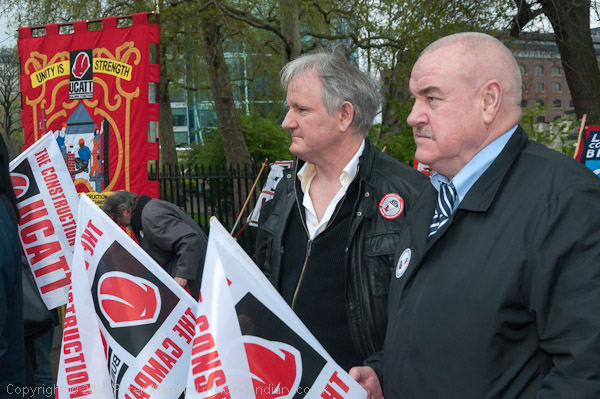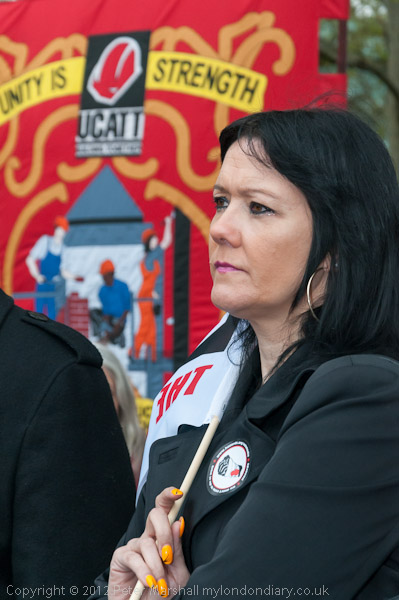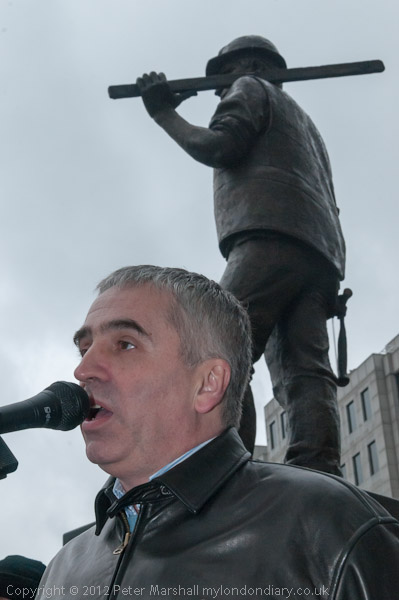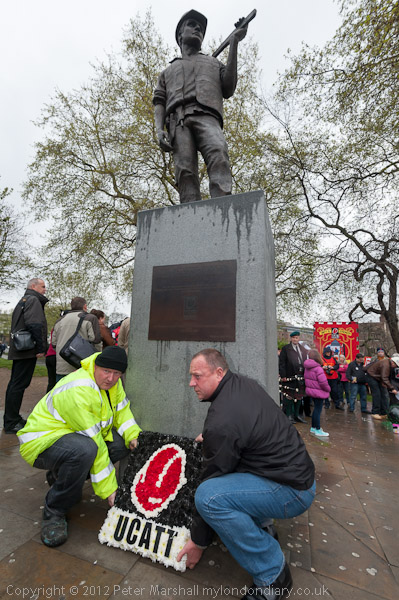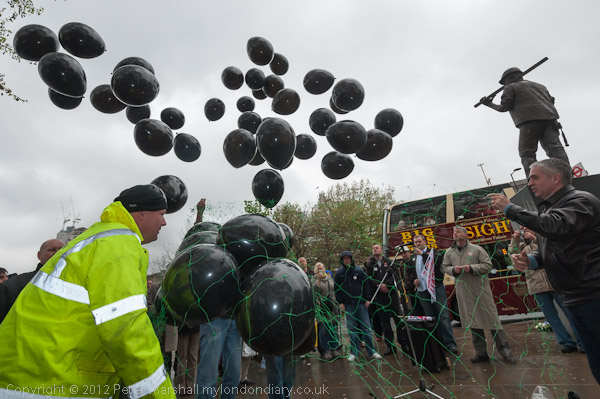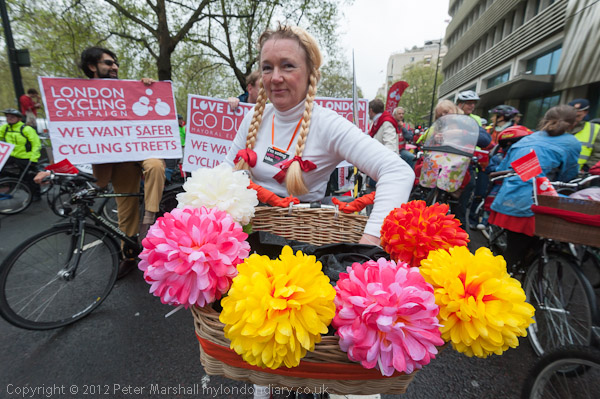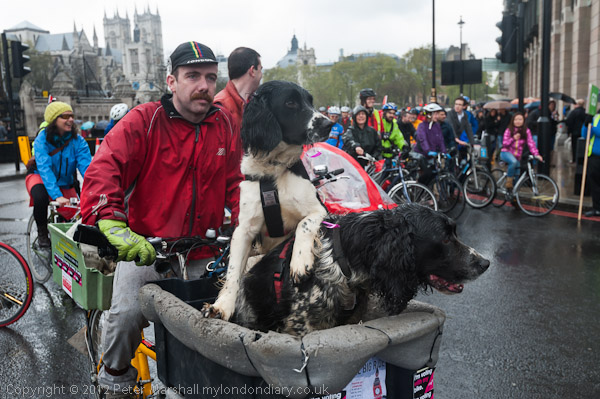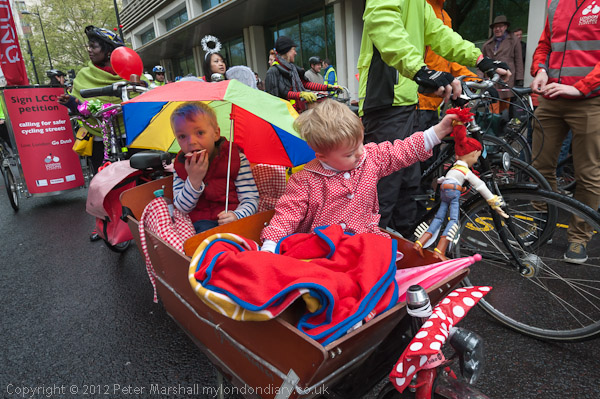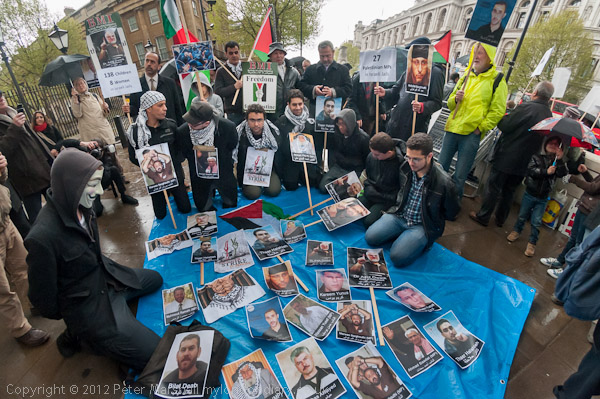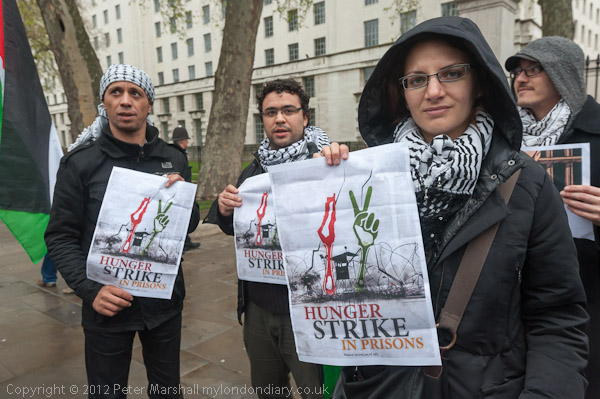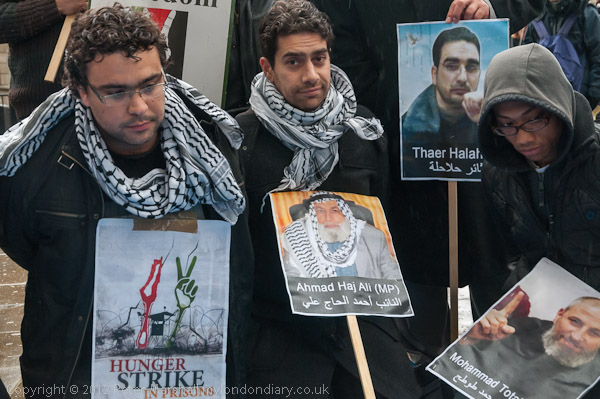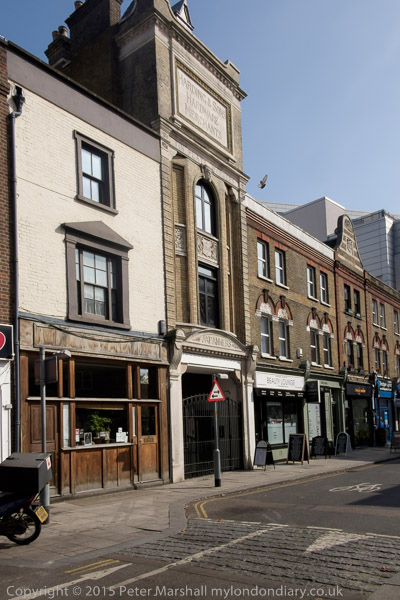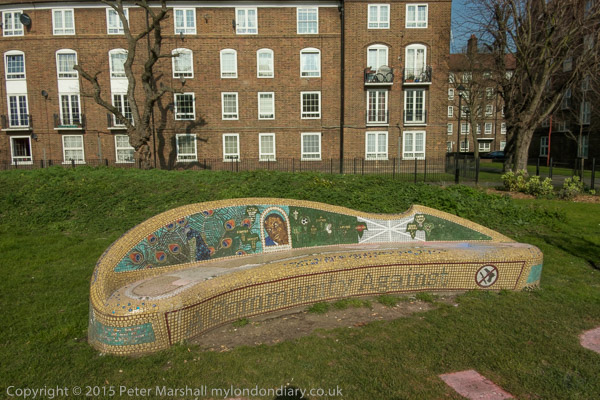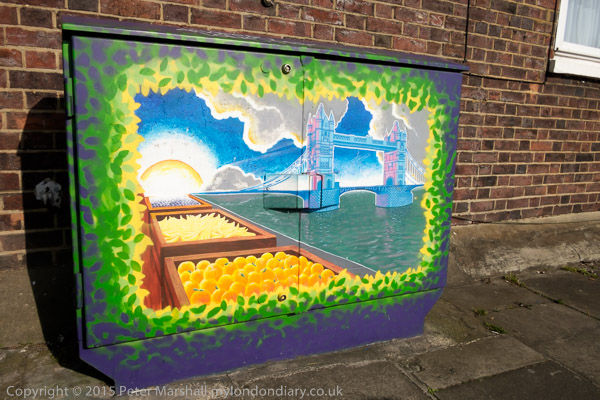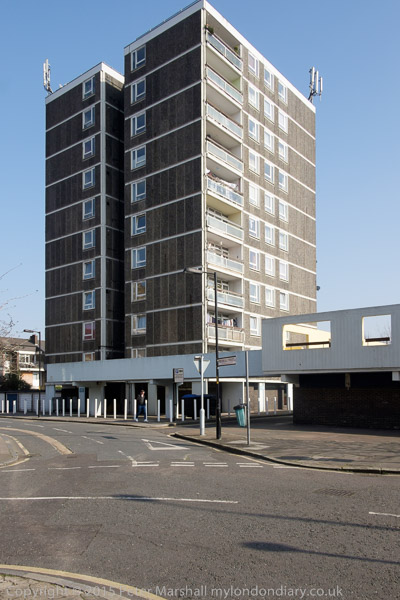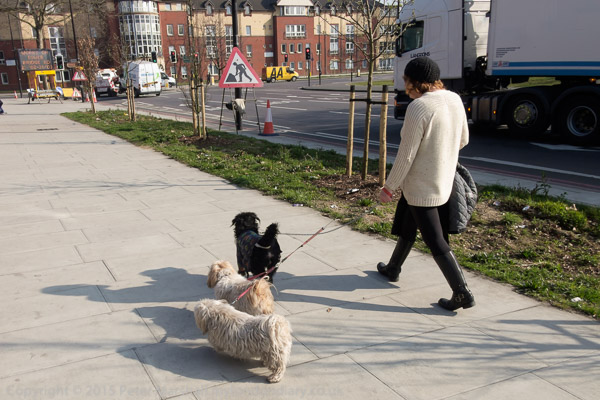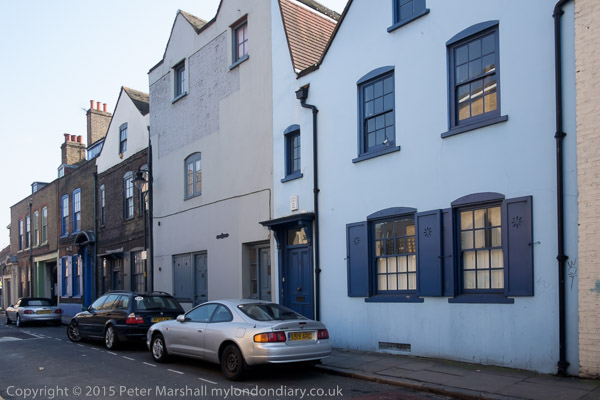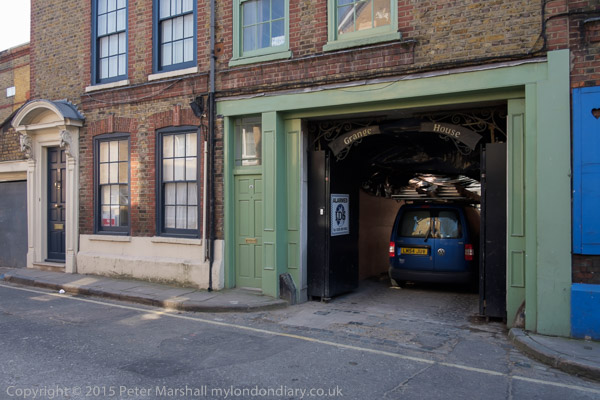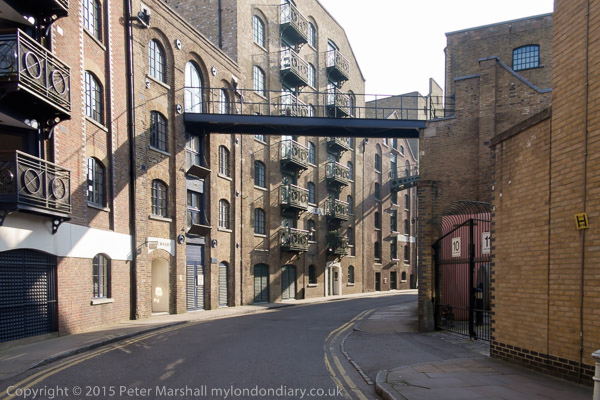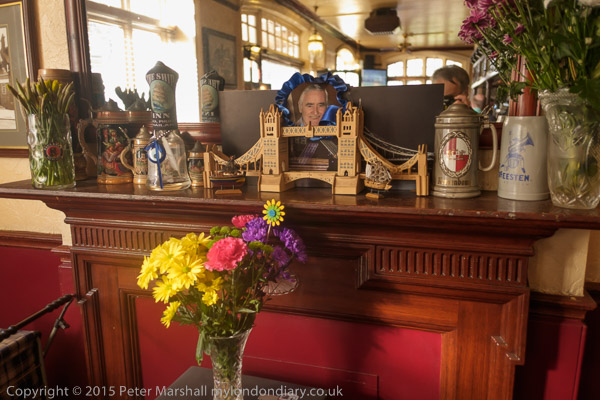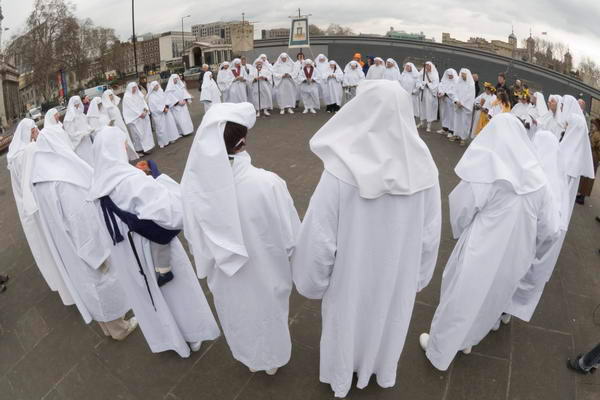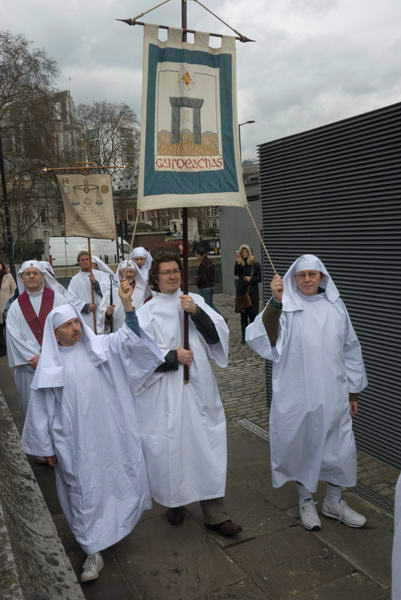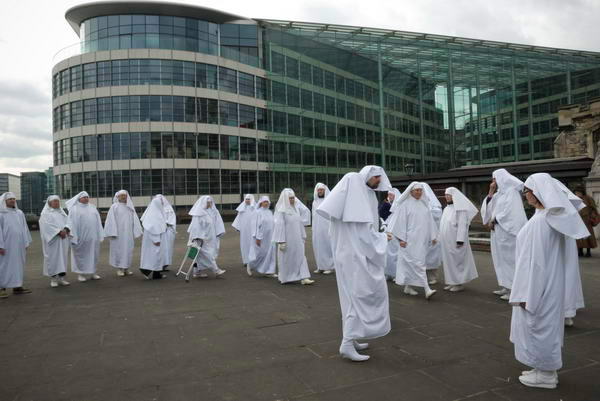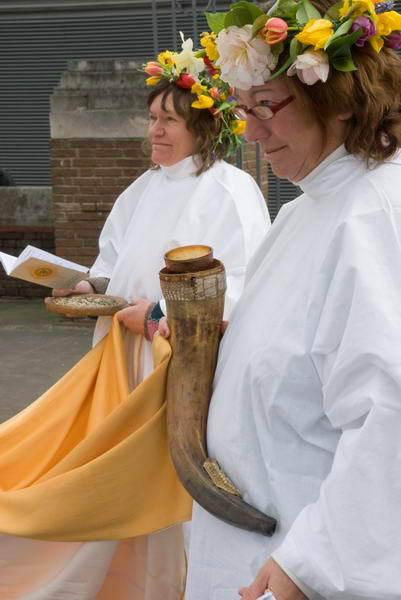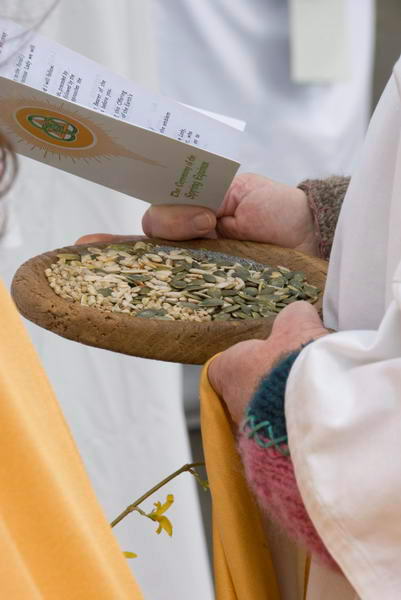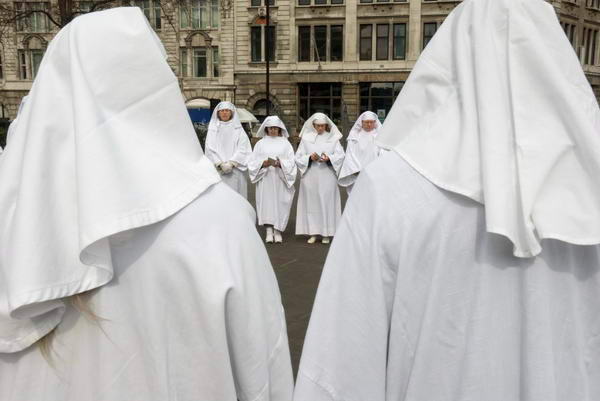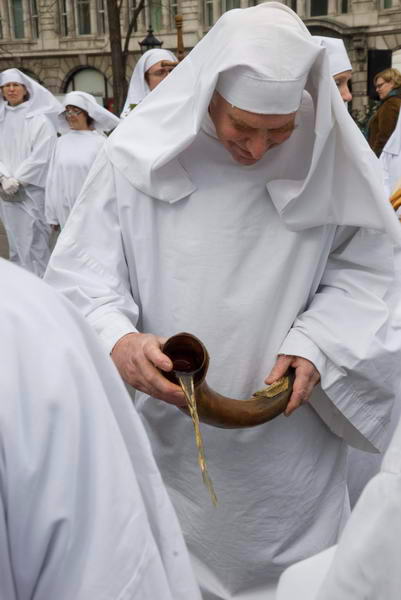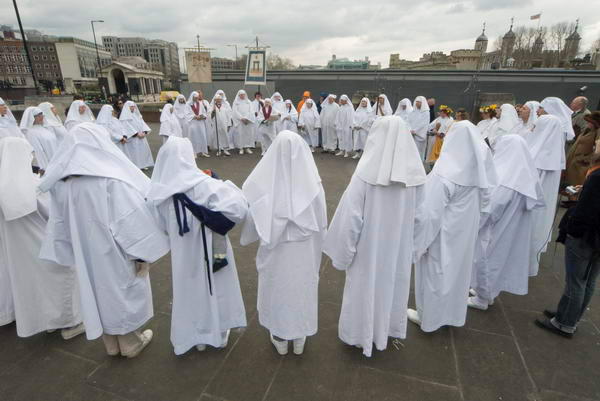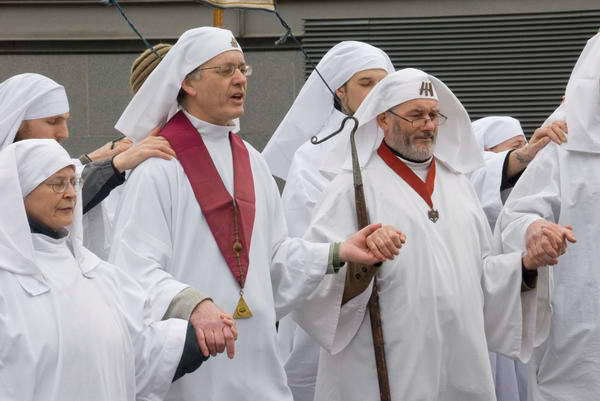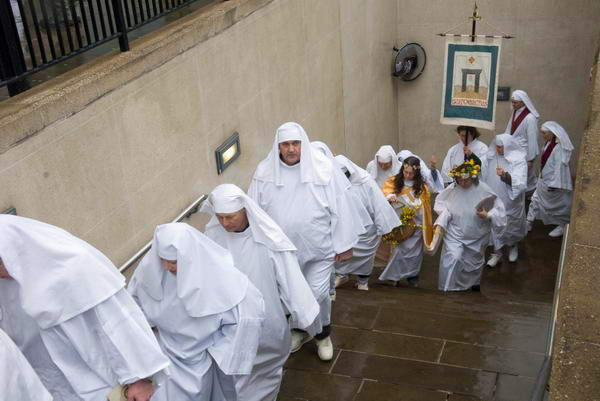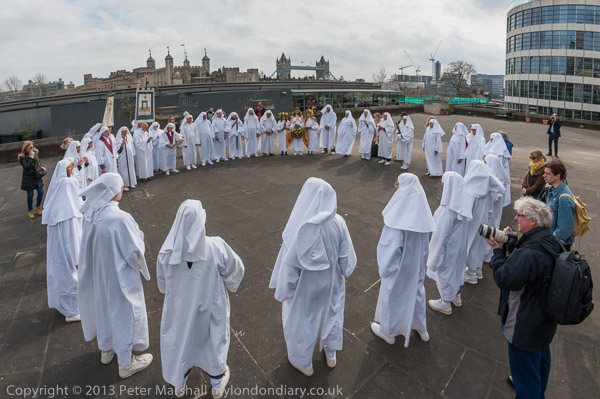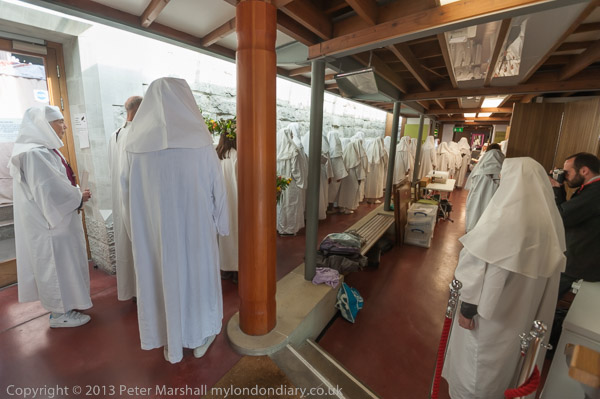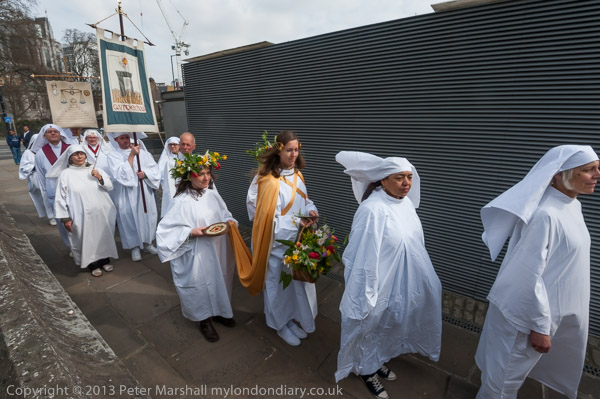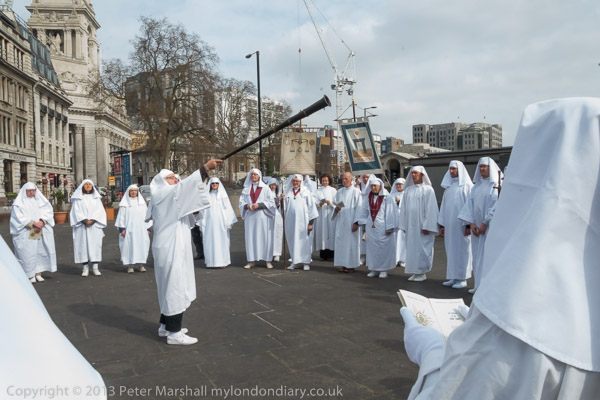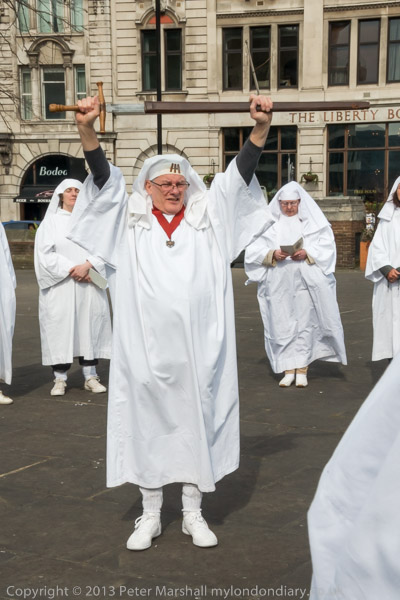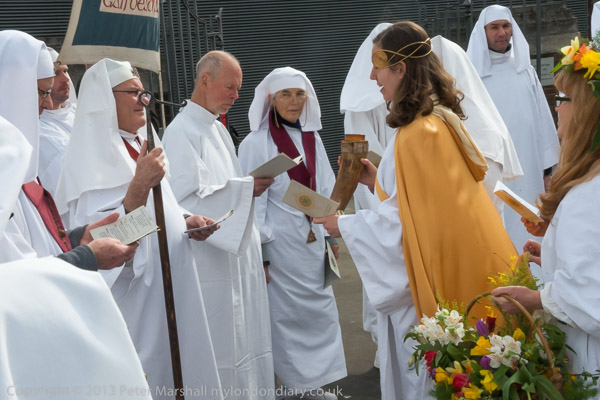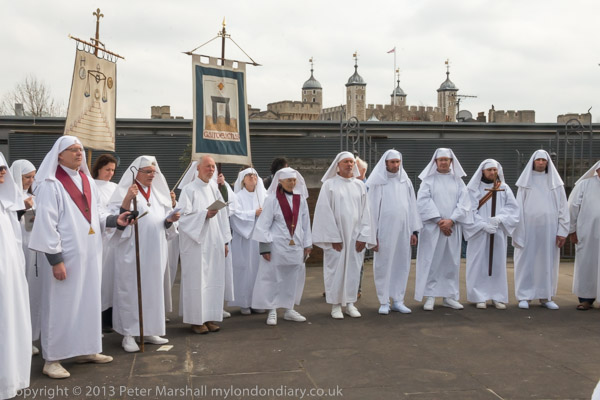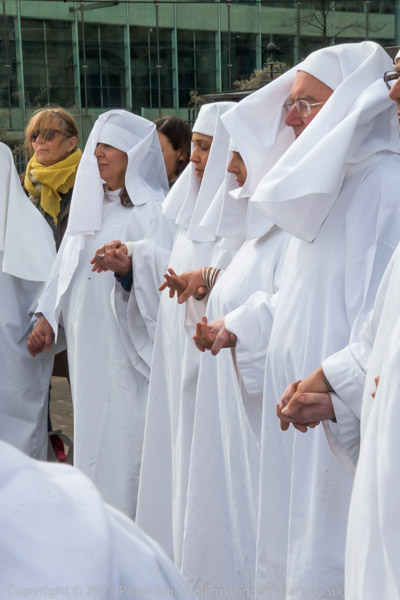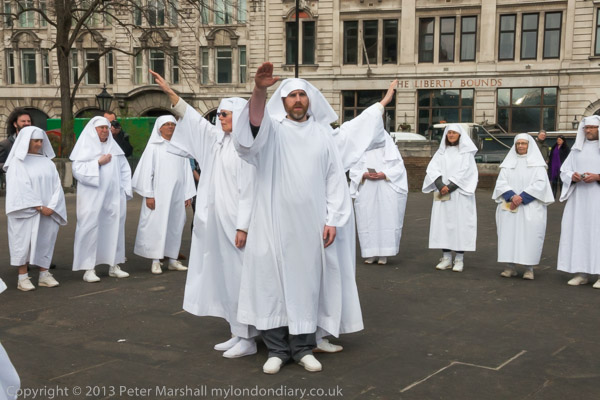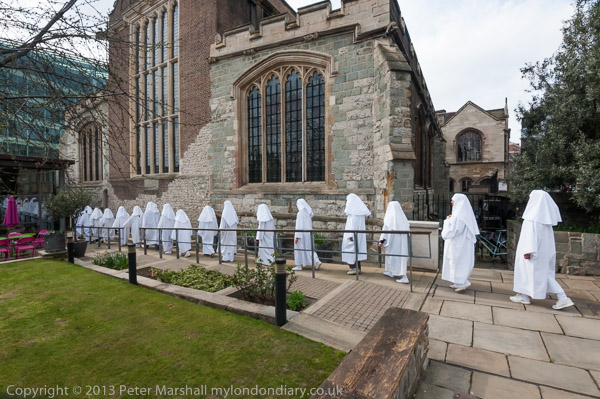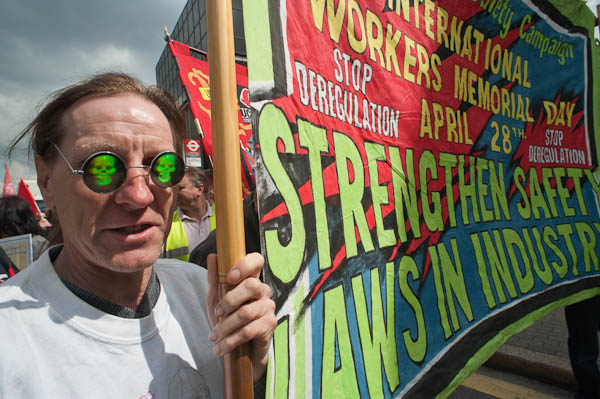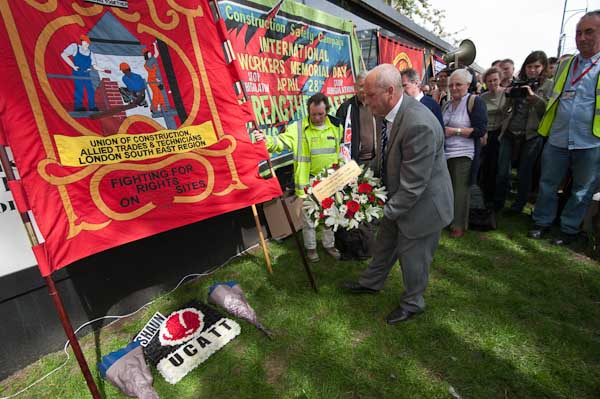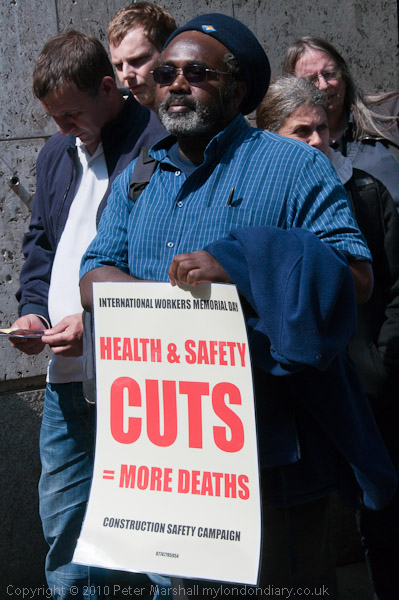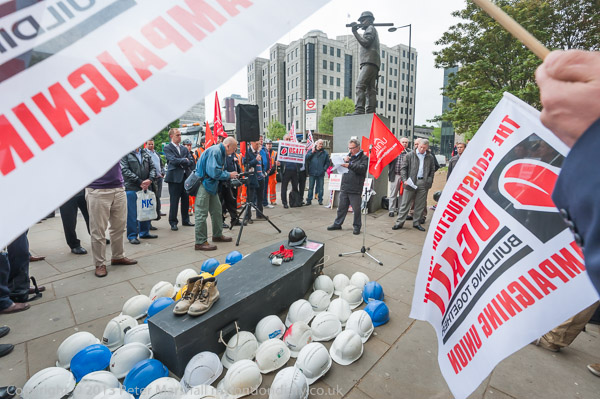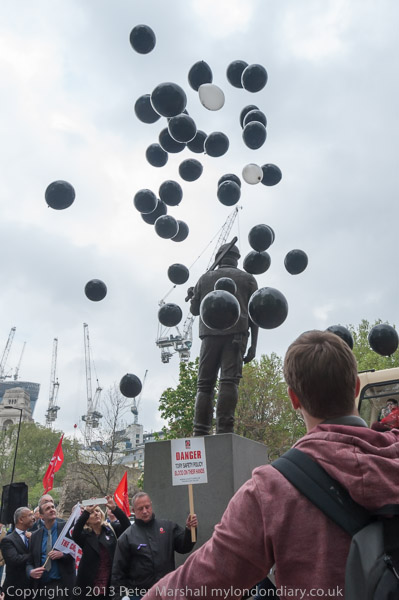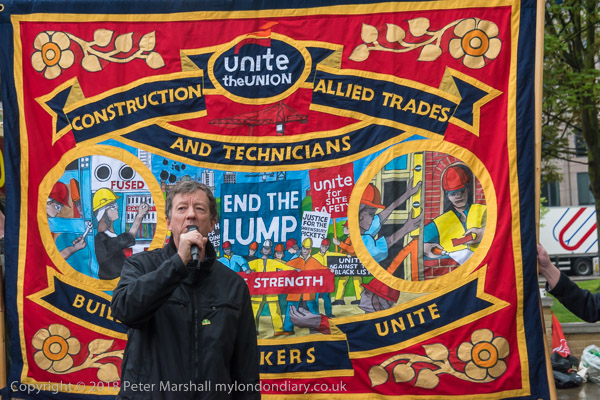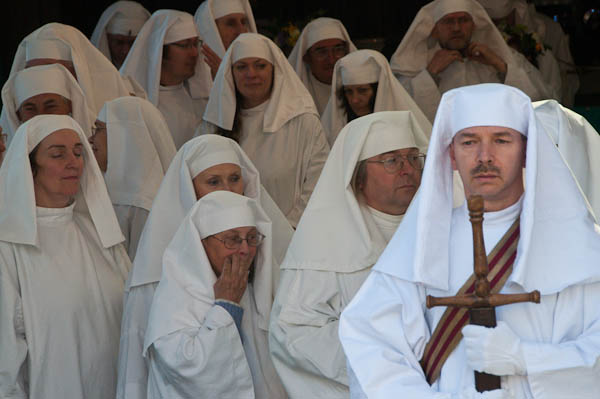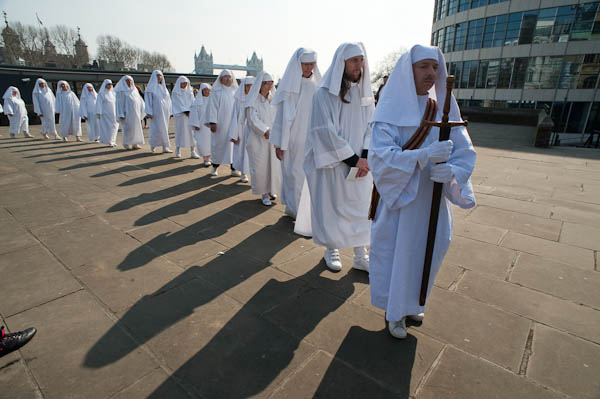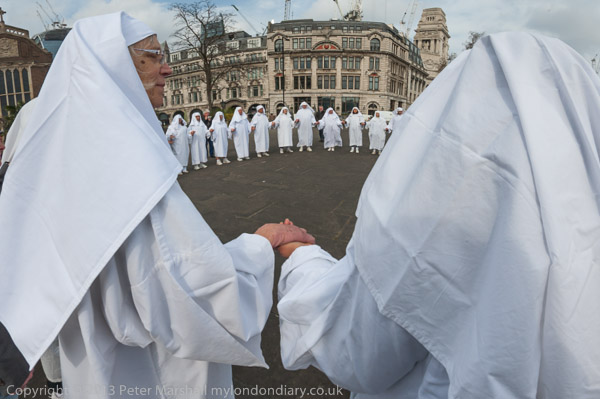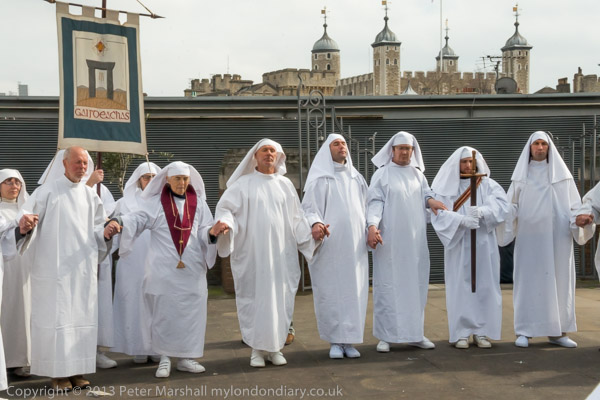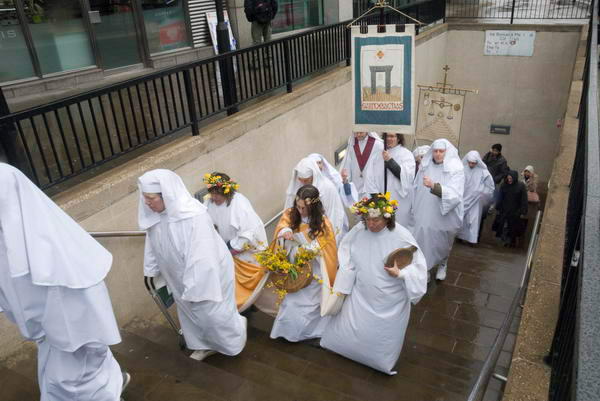Spring Time for Druids: in 2007 the Spring Equinox was on 21 March, though I think in most years it is a few hours earlier on the 20th. Yesterday, in 2025 it apparently came at 9.01am, though for me it had come around ten days earlier when a patch of my garden was deep in flowering crocuses (or crocus or croci.) And for weather forecasters Spring starts on March 1st.
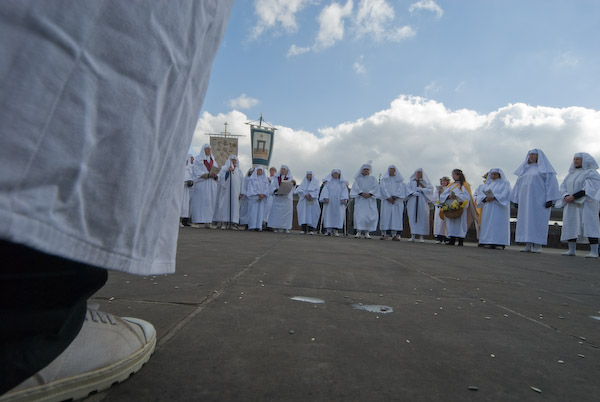
Later in the day The Druid Order will have come out at 12 noon yesterday at Tower Hill Terrace, but I didn’t feel moved to go to join them. I photographed their ceremonies on several years, both there and at the Autumn Equinox on Primrose Hill, and also published some more detailed reports (having done some research in the Mount Haemus lectures and other sources) with some of my pictures of later events.
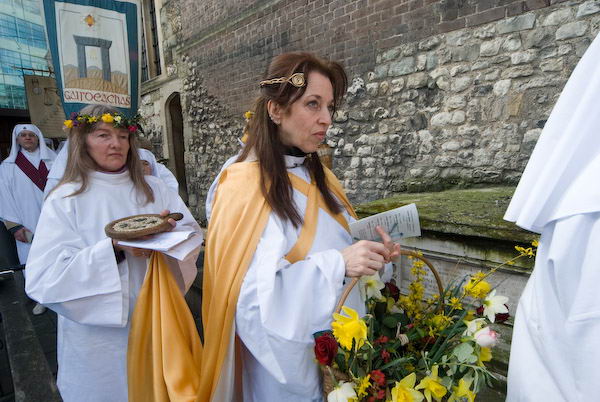
The pictures here are from March 21st 2007, the first time I had attended a Druid ceremony and I then knew very little about them, and my comments on My London Diary perhaps reflect this. But the pictures I made were rather similar to those I made in later years and as with some other events I no longer feel I have anything new to say and no longer go.
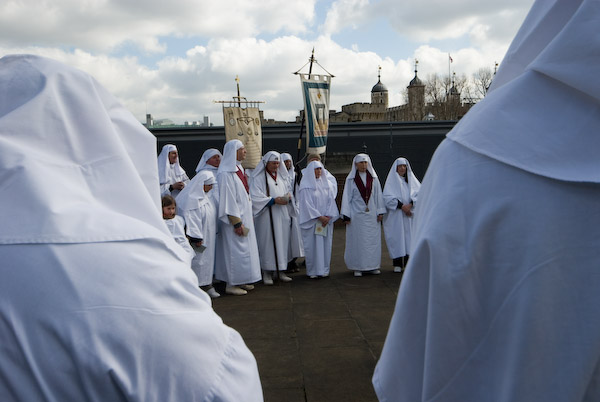
I think druids might say their ceremonies were timeless, and certainly The Druid Order still use the order of service which they invented and printed aproaching a hundred years ago and I think the banners they carry and the other items used have a similar inter-war history. But I understand they only began this anunual event at Tower Hill in 1956.

We have very little real evidence of the druids of the distant past in our country, though I think their ceremonies may well have involved rather more bloodthirsty sacrifices than the current rather anodyne public festivities.
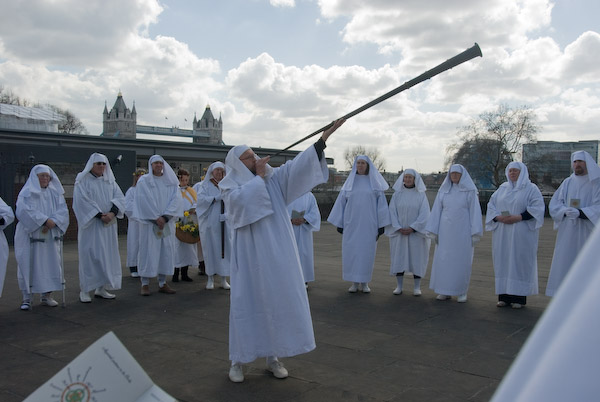
But here are some of my thoughts from this first encounter back in 2007:
It was in some ways impressive, with their white robes, but rather to staid and measured for my taste. Celebrations need to be done with much more joy. This had more the feeling of a funeral – despite the white dress.
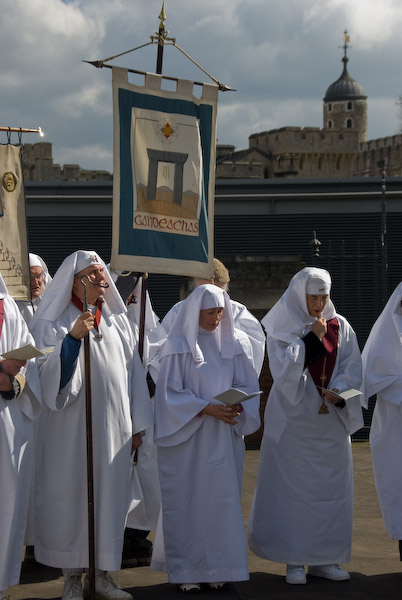
There was an air of dusty scholarship, of dull Victorian scribes trying to major on gravitas in the Order of Service, and a sermon of mumbled though possibly worthy boredom. Hard to imagine William Blake as chief druid of this tribe, I’m sure they must have done things differently in his days.
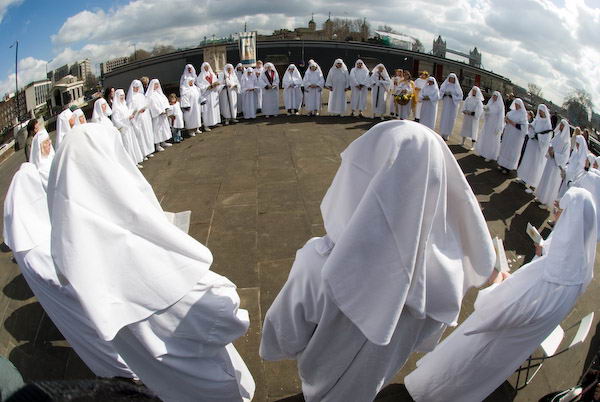
I’m not sure how far back these celebrations go at Tower Hill. Modern Druidry revived in the eighteenth century, partly as archaeologists re-discovered sites such as Stonehenge and Avebury and asked themselves what went on there. What relationship the rites they came up with bear to those of pre-Christian times is impossible to know (though one suspects rather little.)
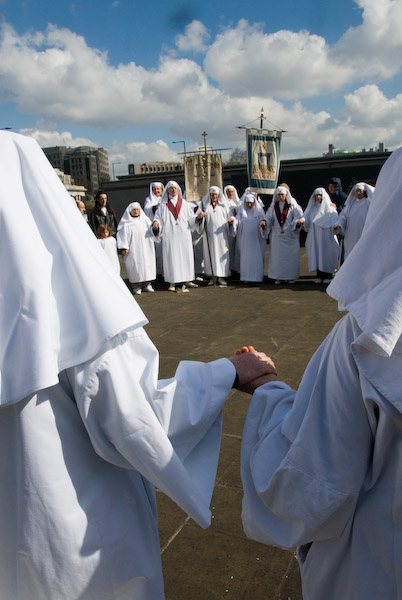
My pictures on My London Diary (link at bottom of this post) are in the order they were taken and together with the captions give a fairly detailed account of the event, although I think I did it a little better in some later years.

William Blake was among a long list named in the ceremony as a former druid. According to the article A Note on William Blake and the Druids of Primrose Hill there is no evidence for the claims that William Blake was a druid or chief druid, although he may have known some who did take part the annual rituals on the hill which were begun by some Welsh Bards in 1792 claiming that their Bardic traditions “had preserved the true esoteric lore of the Druids.”

In fact Blake commented negatively on Druids in his writing and images, particularly objecting “to reported Druid practices of ritual human sacrifice, and forced submission to priestly rites and rituals.“
More pictures and captions from the 2007 The Druid Order: Spring Equinox on My London Diary
Flickr – Facebook – My London Diary – Hull Photos – Lea Valley – Paris
London’s Industrial Heritage – London Photos
All photographs on this page are copyright © Peter Marshall.
Contact me to buy prints or licence to reproduce.
